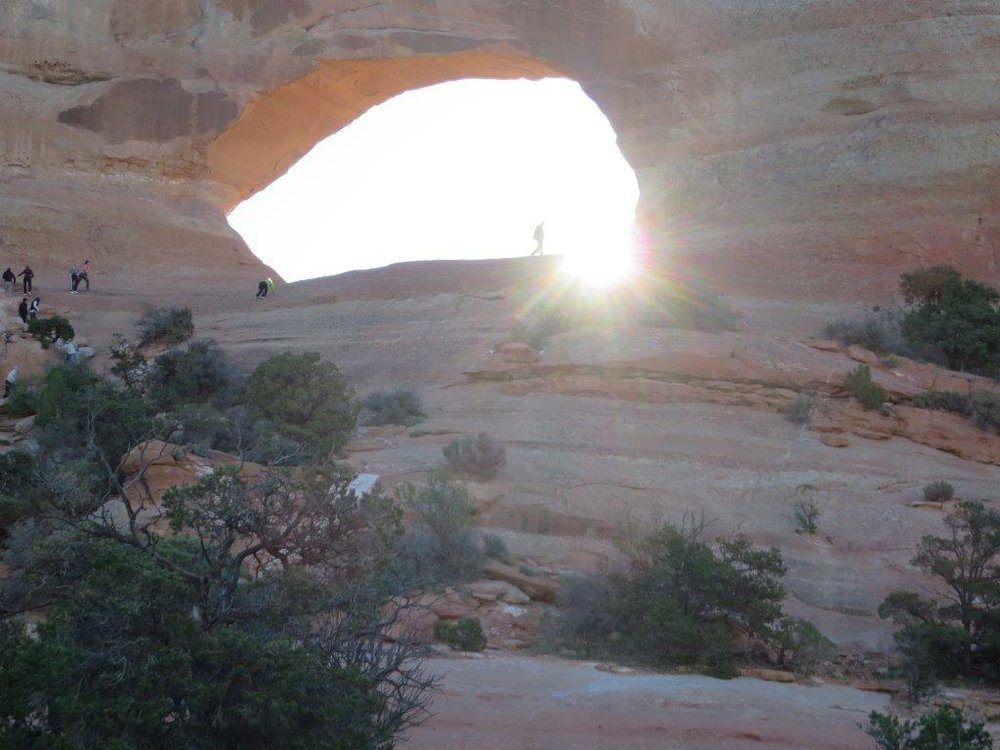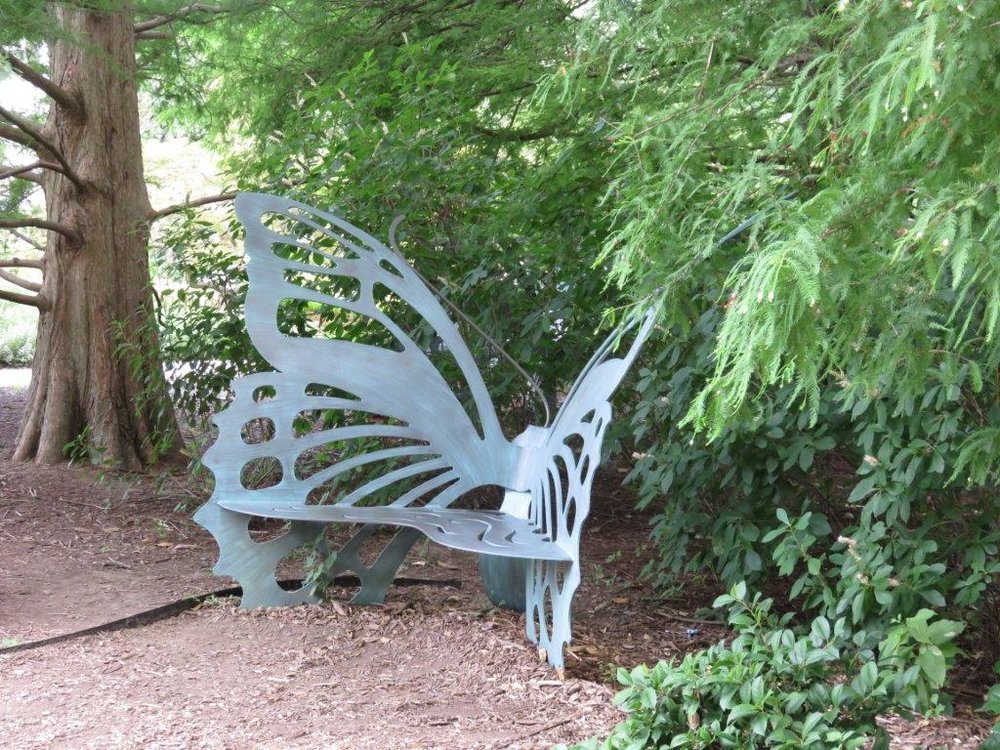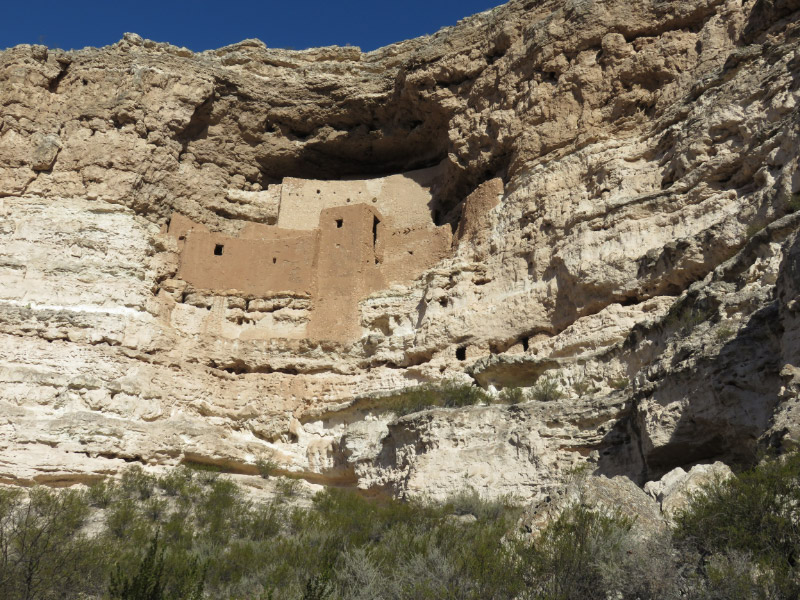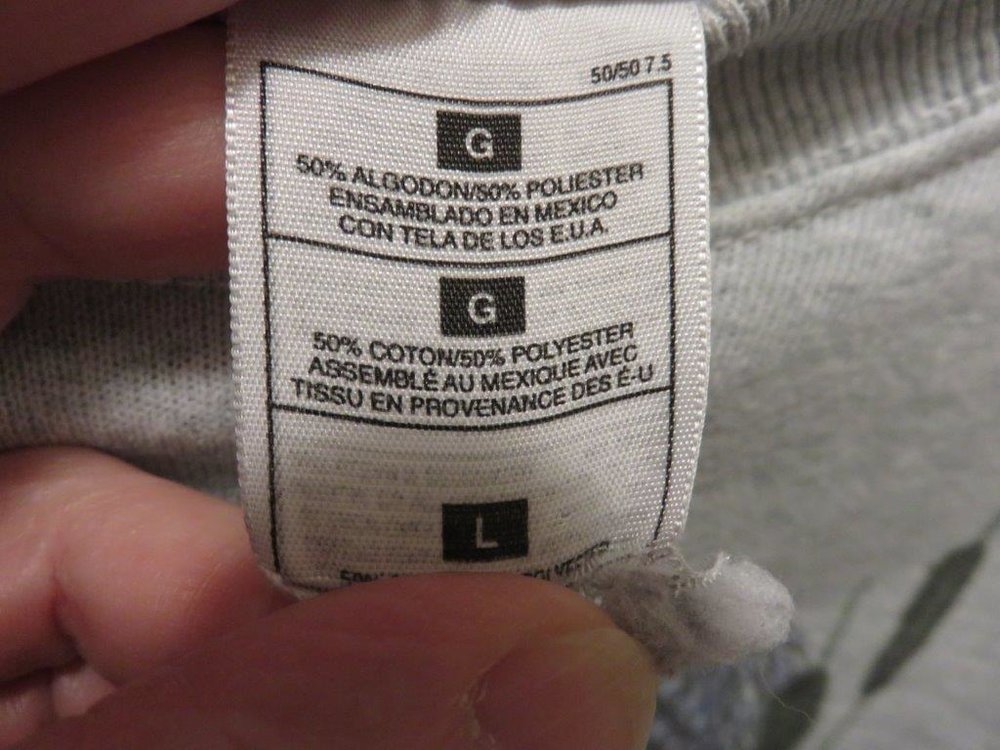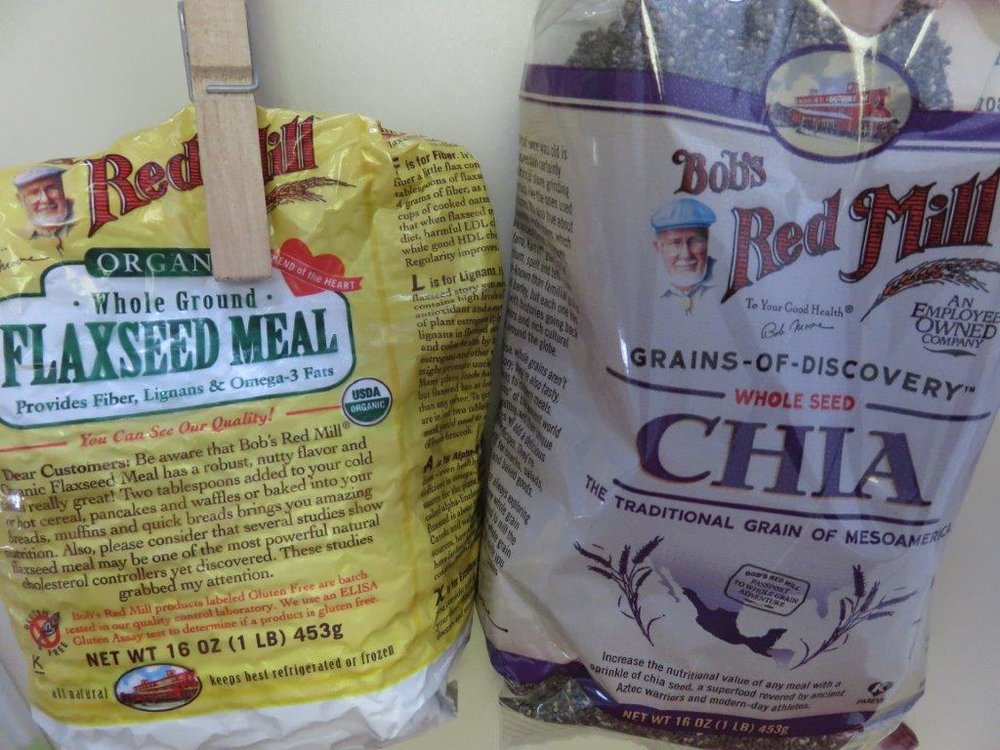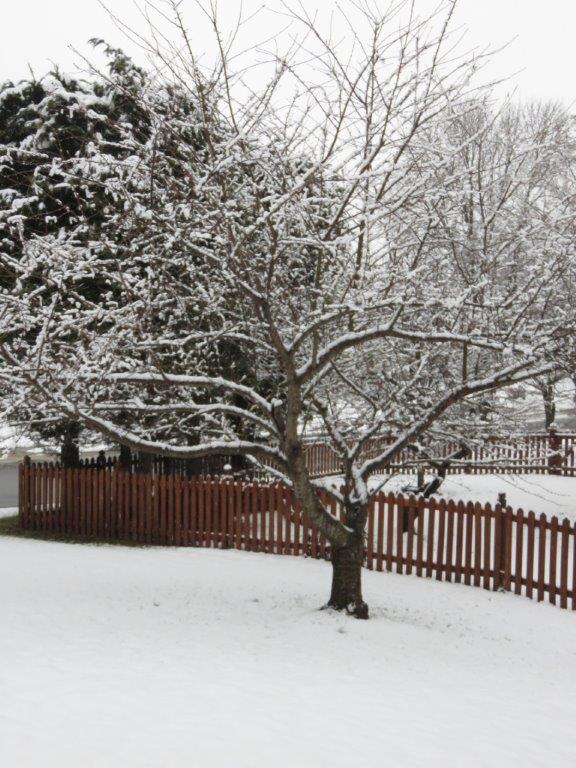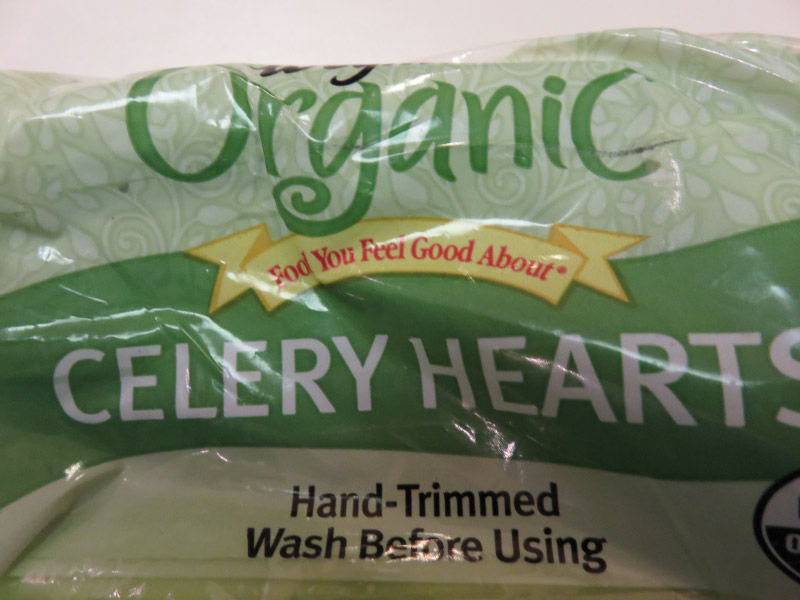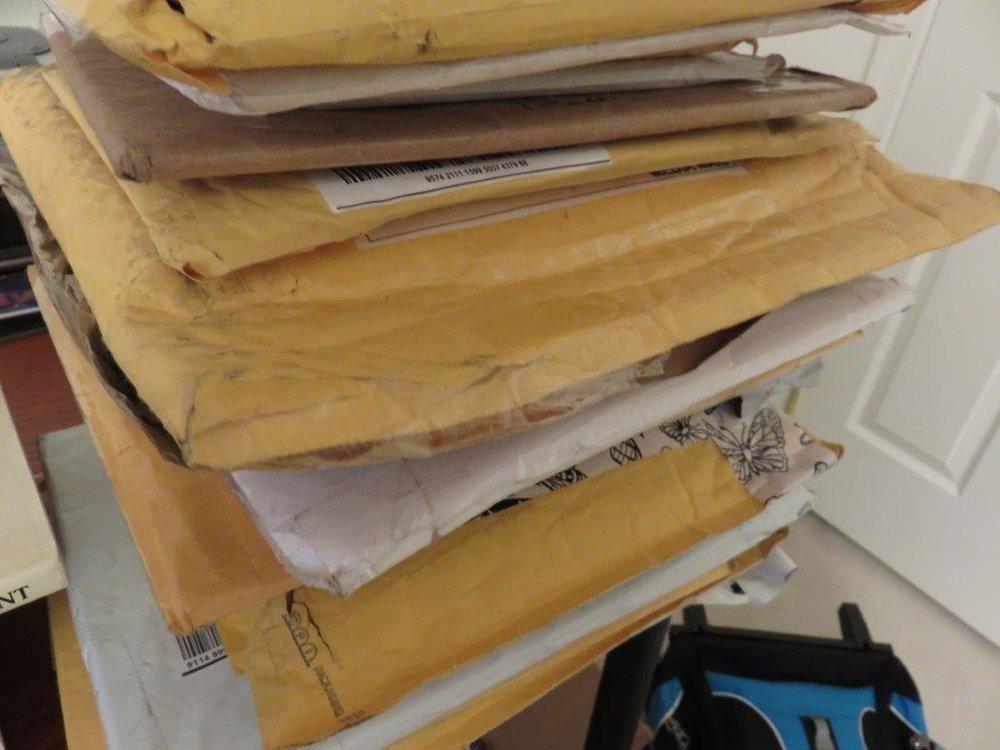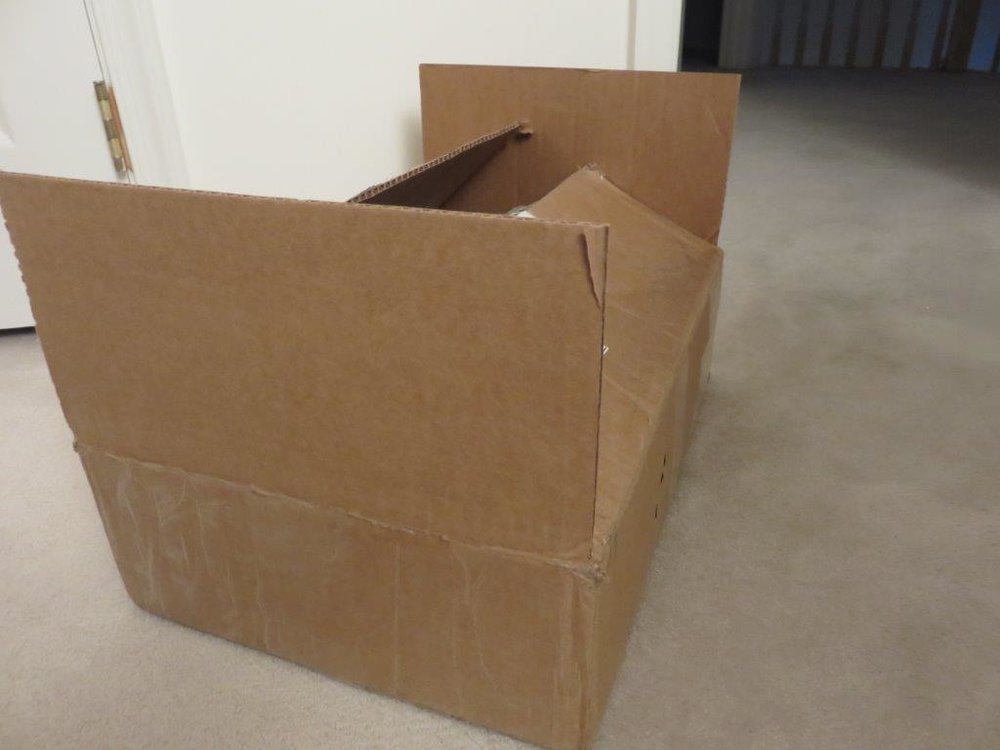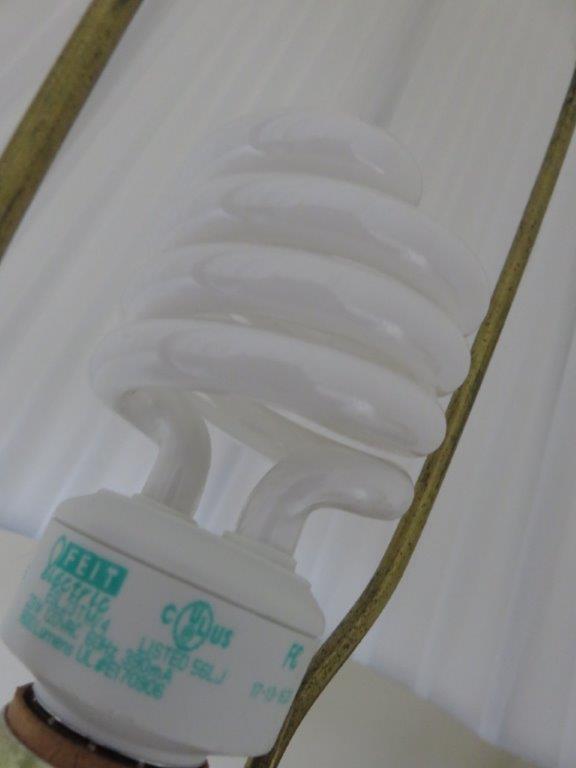Gleanings of the Week Ending December 12, 2015
/The items below were ‘the cream’ of the articles and websites I found this past week. Click on the light green text to look at the article.
Women don beards for documentary about inequality in the geosciences – This documentary is about women in paleontology but the challenges faced by women in any field that is overwhelmingly dominated by men are similar. The ‘beard’ is a fun visualization! It reminded me of the female pharaoh that wore a beard.
Report: China Clean Energy Investments Beat U.S., U.K, and France Combined – Hmm. Maybe the whole world is getting more focused on the challenges we have re climate change. It would be great if the US could be a leader…sad if we abdicate.
How will future archaeologists study us? – CDs last 2-5 years before they risk losing data. This article is about encoding information on DNA and storing it in glass particles…artificial fossils. Of course – they may also find our landfills to be sources of information of how we really lived.
Some Thoughts about the Coming Winter: Part One – The further out a forecast is – the less accurate it is. The post from Dan Satterfield explains why…some graphics about weather model results.
Failing phytoplankton, failing oxygen: Global warming disaster could suffocate life on planet Earth – I’ve often wondered what happens to oxygen levels as the Earth’s temperature climbs. This is on scenario…and a scary one. If we have a 6 degree Celsius increase in the water temperature of the oceans – which some models predict by 2100 – the photosynthesis of phytoplankton in the oceans could be disrupted. Two-thirds of the planet’s total atmospheric ocean is produced by phytoplankton.
 Photographer Captures Stunning South Korean Landscapes Reflected in Mirror-Like Lakes – Some beautiful images. I like reflections….and I need to be observant to find them and photograph them. I always try at Centennial Lake (image to the left) but there are other places that I probably overlook completely.
Photographer Captures Stunning South Korean Landscapes Reflected in Mirror-Like Lakes – Some beautiful images. I like reflections….and I need to be observant to find them and photograph them. I always try at Centennial Lake (image to the left) but there are other places that I probably overlook completely.
The Unregulation of Biotech Crops – In some ways – this situation is similar to the designer performance enhancement drugs that are hard to test for too. Modern techniques are streaming ahead – creating things we have little ability to understand very well – let along any unintended consequences.
Physicians and burnout: It’s getting worse – This was a frustrating article. It reported the burnout statistics comparing 2011 to 2014 but no deep understanding for why burnout is increasing. I am not particularly happy with the US health system either but any attempts to change it very much seem to be impossible politically.
DIY: Cinn-Apple Ornaments – One of my daughter’s friends made and gave us some of these ornaments for Christmas …probably about 15 years ago. I carefully put them away at the end of each season and they still smell like cinnamon every time I get them out! I’m not going to make any this year but I may do it next year and put them on every knob in the house!
Eat a paleo peach: First fossil peaches discovered in southwest China – Peach pits that are 2.5 million years old! The peaches from this time period would have been about the size of the smallest commercial peaches of today.

